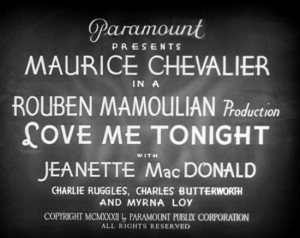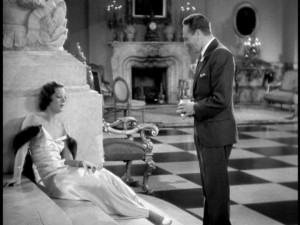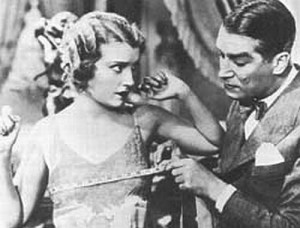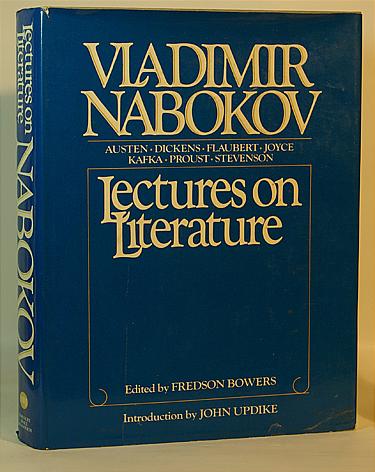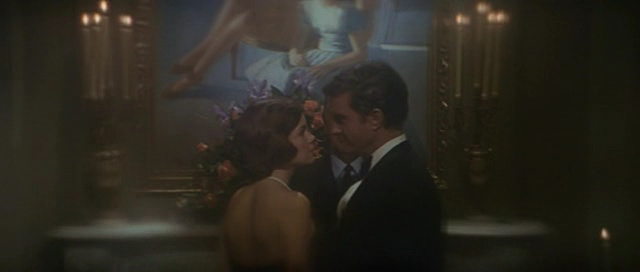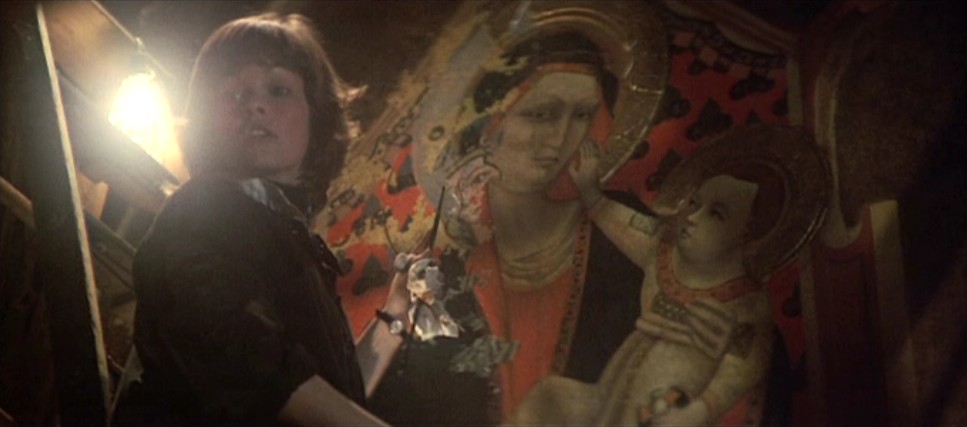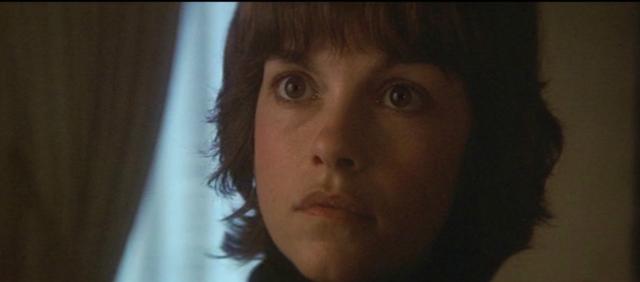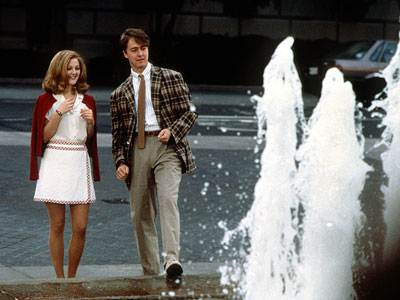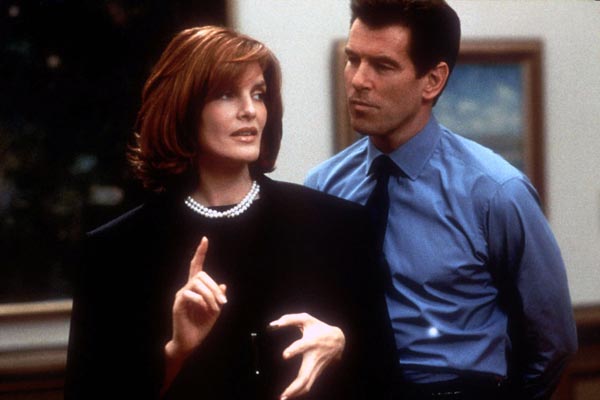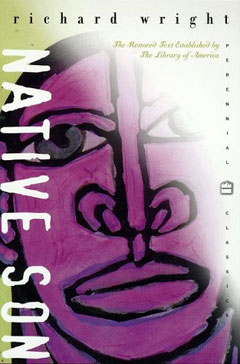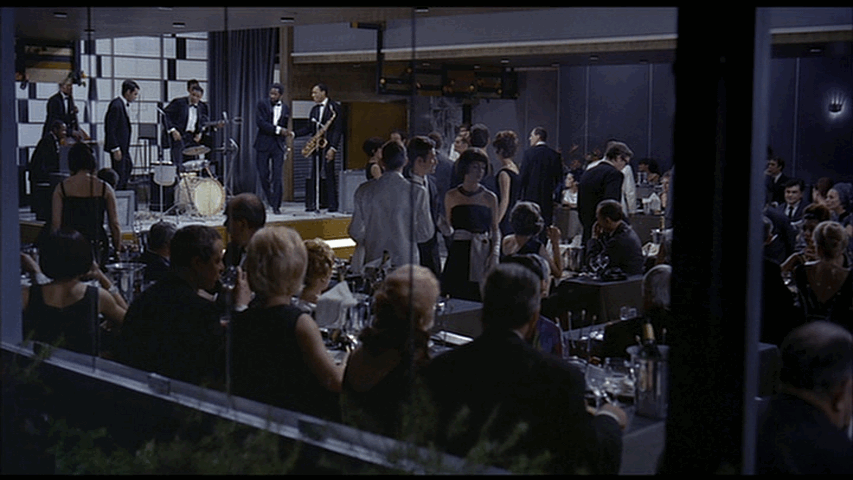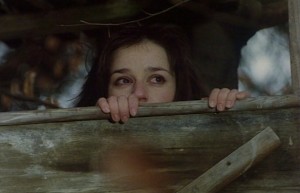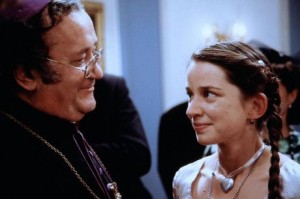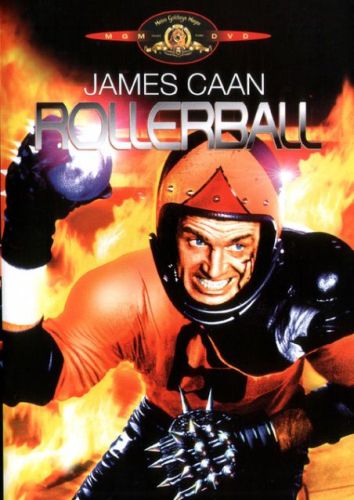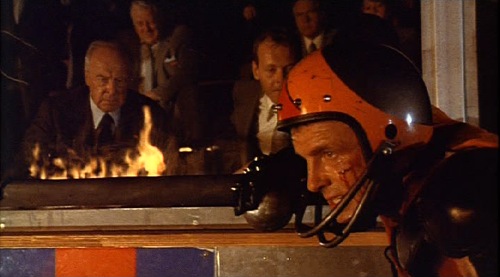Commissioned by New York’s Metrograph and posted by them on December 2, 2021. — J.R.
What do we mean when we talk about exploitation films? Most often, we’re alluding to sensation-driven movies that are politically incorrect, like those of Quentin Tarantino. And what are we saying when we complain that we can’t identify with any of a film’s characters? Some of us tend to resist movies that make us think both inside and outside their stories rather than swallow them whole, and identifying with characters is arguably one way of limiting our thought processes.
What’s singular about many of the films of Yasuzô Masumura (1924–1986) is that they’re intellectual forms of exploitation—politically incorrect experiences that are consciously sociopolitical critiques, unlike the roller-coaster rides of Tarantino. You might even say that they shock us into thinking. But it’s hard to make too many generalizations about someone who made 58 films, mostly assignments at Daiei before that studio closed in 1971. A fair number of Masumura’s films are routine time-wasters, but the best of them, which for me include at least three of the five Metrograph is showing—Giants and Toys (1958), Black Test Car (1962), and Irezumi (1966)—are quite remarkable. The other two are The Black Report (1963), a fair to middling noir, and Blind Beast (1969), a cruder exploitation item that has its passionate defenders. Read more


